 Who needs assassins when I'm a pirate? Who needs assassins when I'm a pirate? William Kenway was a man with a dream, a dream to get rich by becoming a "privateer". His search for wealth has landed him right in the middle of an epic war between the Assassins and Templars. All of that combat means that there are many riches to be gain, and much to be lost.
1. Gameplay
I have now played a grand total of 6 Assassin’s Creed games. There have been differences in the game mechanics (especially between the first and second games), but the basic premise has been the same since the beginning. While Assassin’s Creed 3 was fun, the formula was becoming a bit stale. Assassin’s Creed 4 has brought new life into the series. It solved many of the major problems in AC3 while bringing forward and emphasizing all of the positive elements. The best part of AC3 was the naval combat. It was a surprisingly awesome yet unfortunately underutilized mechanic in the game. In AC4, the meat of the game is based on that same naval combat. The player will become captain of a brig as it sails around the Caribbean. He is a pirate, so any ships in the area are fair game for pillaging and looting. Combat won’t always be easy, but it is always an interesting challenge. Even after spending dozens of hours on the high seas attacking ships, I had to tear myself away from the open ocean in order to complete the main story. And that is unfortunately the biggest flaw in the game. I had so much fun playing the role of a pirate and engaging in ship combat that it hurt the core game. All of the elements that made Assassin’s Creed into the famous, fun series that it is today were bland compared to the excitement of the naval combat. The game’s developers didn’t help themselves, choosing to include some of the most boring missions that have been rehashed in every AC game since AC2. Why would I want to tail a target for 5 minutes, listening to his boring, irrelevant, slow conversation when I could be out on the ocean firing volleys of cannons at Man o’ Wars and assaulting coastal fortifications? The campaign’s story gets so much right and yet so much horribly wrong. They made the main character, Edward Kenway, into this perfect pirate, strong but selfish, and gave him well-written companions. Then they proceed to systematically kill off every single one of them. If the story had been about how tough it was to be a pirate, I could see it all working. But they had to throw in the Assassins, who looked incompetent next to the untrained Kenway, and the Templars, who somehow seemed less pure evil and more legitimate threat than in previous Assassin’s Creed games. And then there’s the out-of-animus sections. I have always hated these parts, since they’re completely unnecessary for the ultimate story. But it’s even worse in this game because I don’t really understand what was going on at all. The OOA sections could have been cut completely and the game would have been better for it. They ended up tearing me out of the pirate story and reminding me that this is really just a game (which doesn’t work in game design at all). Leave no doubt, this is an amazing game. This is the best Assassin’s Creed game I have played since AC2. But the parts that make it great aren’t Assassin’s Creed, they’re the pirate elements that change the series. If the next Assassin’s Creed manages to more seamlessly tie the pirate elements with the freerunning Assassin’s Creed elements, I think this series can get even better.
This game is extremely long. There are a lot of main missions, side missions, collectibles, and challenges to do. It took me over 36 hours to complete 98% of the whole game. Even after the player is done with the story, going out on the high seas and fighting random ships is a ton of fun. This also doesn’t include the multiplayer. While I was disappointed in the maps and modes available in this multiplayer, those who enjoyed the multiplayer in the previous games will still have a good time. There are some new cooperative modes that players can attempt with other humans against AI. Even if the player doesn’t play these extensively, it’s worth trying out.
Most of the problems I have had with the previous Assassin’s Creed games haven’t really been fixed. The freerunning mechanics are extremely good until the player begins to rush. Then the small flaws begin to become huge problems. There were plenty of times when my character would get stuck on invisible walls, not jump into open areas, or jump in the wrong direction completely. There was at least one occasion where I managed to complete all but one of the objectives necessary to capture a Man ‘o War only to accidentally jump off the top of the mast and kill myself on the deck of the ship. These kinds of issues are what I expect from Assassin’s Creed. Many of them were issues way back in Assassin’s Creed 2. But I would have expected them to be addressed by now. I don’t expect every one of these issues to be fixed, but I don’t expect them to be as frequent as they are. Aside from problems with the freerunning, I was extremely frustrated with the optional objectives. In the previous games, players would be given the optional objectives at the beginning of the mission. I may not always know how I’m going to “assassinate my target from a bench”, but when I get to that part I know to look for it. In AC4, the game gives the player the optional objectives as the level progresses. The problem is that the player ends up filtering out a lot of the extra text on the screen and focusing purely on the action, meaning that many of the optional objectives are completely missed until after the end of the level. I had to repeat many missions simply because I didn’t know to “sink my target with heavy shot” or “use berserk darts on 2 guards”. 2. Parental Notices
While combat is a major factor in this game, it is significantly less noticeable than previous games in this series. The player will have access to a wide variety of weapons. While each category of weapon has a different fighting style associated with it, the effect is essentially the same. The player will stab and slash enemies with melee weapons. Hits result in some noticeable blood, but the violence is often lost in the flurry of movement. It’s almost comical how much movement is associated with every fight. Even simple battles against the most basic enemies will cause a somewhat ridiculous amount of movement and slashing. Many of the moves would be horrifically violent if the entire combat system seemed less farfetched. This may be compounded by the fact that there seems to be a complete disconnect between the reactions of the enemies and the combat going on everywhere. Many of the animations came off like a poorly choreographed kung-fu movie rather than a hack-and-slash horror film. This is further mitigated by the fact that most of the combat the player engages in will not be the hand-to-hand combat that traditionally filled the playtime within Assassin’s Creed games. Instead, the player will engage in many more naval battles where roundshot, chainshot, heavy shot, and explosive barrels will be the primary methods of unleashing damage. The only real exception to the average level of violence in the game is the “ropedart”. The ropedart is a ranged weapon that the player can use almost anytime in combat. The player hooks an enemy and can use the ropedart to pull the enemy closer. However, if the player is perched on certain types of ledges (such as a tree branch), the player can hook an enemy and then jump back off the ledge. This will cause the ropedart to hang the enemy. The player can also participate in “whaling”. This is described in more detail in the “miscellaneous” section, but the harpooned animals can get extremely bloody, especially when they’re being pulled onto the ship.
Sexuality plays a very minor role in this game. The player is able to hire groups of “dancers” to act as mobile cover or as a distraction for guards. These dancers are actually just prostitutes, evident by their lines of dialog such as “I seemed to have misplaced my chastity, does someone want to help me?” and other suggestive comments. Eventually the player can buy a brothel in the area considered to be his hideout, which allows him to hire dancers for free. Despite this, the player never has sex in the game. In one scene he wakes up fully clothed on a table outdoors with a girl draped over him (also passed out), but the game never even implies that he had sex with her. In one scene, two female pirates are brought to trial and sentenced to death. They are able to delay their execution because they reveal that they are pregnant. When told that their execution will only be delayed until they give birth, they say that they’ll simply get pregnant again after they have birth.
Substances play a minor element in this game. There are a number of taverns where the player can drink what is almost certainly rum. If the player takes a drink from the bottle, he will get temporarily drunk. The screen will become wavy and the character will list to one side. If the player continues to drink after this, eventually the screen will fade to black and the main character will wake up in a hay pile. I would not have known this was possible without reading an achievement though, since drinking doesn’t cost anything and doesn’t give any sort of benefits to the player. The player can also use poison darts to cause one of two effects to enemies. The player can either hit an enemy with a sleep dart, causing them to pass out for a short period of time, or the player can use a berserk dart that causes the enemy to become enraged and attack anyone nearby. After I figured out how to use the darts, I found them extremely effective in taking down lone guards or causing a distraction in a group of guards. At one point in the campaign the main character is drugged and taken to a sort of isolation chamber. This has to do with the events occurring outside of the pirates story. The drug is named but I didn’t recognize it. Since it is only ever mentioned once, it is a tiny part of the story.
As with the previous games in the series, there are a small number of minigames that the player can try. He can bet money on the match. For checkers, this could be a decent source of income. For other games it’s a frustrating moneysink. These games are a bit of fun when there isn’t any money on the line, but taking down ships on the open seas is a much better source of income even if the player wins every gambling match. 3. Other Factors
There are no modding tools available for this game.
Religion is a much more minor factor in this game than in the previous Assassin’s Creed titles. The player will still be able to climb churches, missions, and temples that can be found in the environment, but these are limited since most of the locations are beaches or other sparsely inhabited areas. The previous Assassin’s Creed games dealt heavily with either the Catholic Church or a Forerunner-esque creator race. While certain members of this Forerunner race make reappearances in brief visuals or text, for the most part these elements have been completely removed from the story. The only exception is Juno, one of the gods, but her relevance is barely explained at all and her inclusion left me confused in a bad way instead of leaving me intrigued or curious.
This game revolves completely around a main character who actively engages in piracy. While the colonial law enforcement is entirely unable to enforce its laws, the game’s story doesn’t attempt to convey that you are an outlaw. Eventually, over the course of the story, you become the ultimate outlaw in the area. You might be freeing cities, forts, and towns from the rule of the British and the Spanish, but you’re looting and pillaging along the entire journey. At one point in the story the player is even arrested and brought to trial. Some of his pirate companions are sentenced to death (but because they are pregnant, their execution is stayed until after their children are born). While there are very few other specific instances of anti-law behavior, since there is no official local law enforcement, this game would not exist without including the concept of piracy.
There is an online community to this game, but it seemed surprisingly small when I joined. There are definitely players online, but it was sometimes difficult to find matches with the modes that I wanted. There were plenty of matches of the cooperative “Wolfpack” mode, but fewer in the competitive modes. Still, in the matches that I played I never encountered anything that I considered to be unsportsmanlike conduct.
This game would basically be impossible without extreme sports. The player will have to climb buildings, ship masts, cliffs, trees, wreckage, and pretty much everything else in order to complete objectives. If it can be touched, it can almost certainly be climbed. The game is designed to allow the player to run from rooftop to rooftop, along narrow tree branches, and on other high surfaces with complete ease. In order to gain a better vantage point in a new area, and to reveal that part of the map, the player will have to climb to very high points and “synchronize”. These points are all hundreds of feet off the ground. Once you get up to those high points, you can find piles of vegetation to jump into. No matter what height the player jumps from, if he lands in a bale of hay he is completely unharmed. While I’m not sure how high a person could jump into a hay bale without sustaining serious damage, I know that a person couldn’t jump into a pile of palm fronds without sustaining serious damage. Assassin’s Creed 4 introduced a new mechanic that falls into the “extreme sports” section. There are a number of areas where the player can dive deep underwater. These are essentially deep sea diving, but without any scuba gear. Kenway holds his breath while swimming deep under the sea looking for treasure. He can breathe air from a diving bell and from air barrels, but he is able to hold his breath for minutes at a time with ease. On top of this, he will have to dodge various underwater obstacles. Huge aggressive sharks, moray eels, stinging jellyfish, large sea urchins, and a few other traps will all impede the player’s progress underwater.
There are elements of this game that could be considered magical. For example, the “Observatory”, a device that allows the user to see the location of anyone on Earth, is basically magical. While one of the characters specifically says that it isn’t magical, simply technology that is beyond the current understanding of humans, they don’t do anything to try and explain how this technology works. This also goes for the various floating platforms that can be found within the bunker that houses the Observatory. These are the only major elements in this game that could be considered magical.
Human Disfigurement One character has a large portion of his face with significant scarring. The game indicates that the character gained the scars as a result of some sort of combat, but it never seemed to go into greater detail. Execution Hanging and other forms of execution are common elements in the story and missions within Assassin’s Creed 4. Piracy is punishable by execution, and on at least one occasion the player will have to save a person from being hanged. If the player fails, the character will hang by a noose and die. More commonly, there are pirates being held at gunpoint. The player has the opportunity to free them from their captors and make them a part of his crew. If the player is detected, the captors will shoot and execute the pirates. Slavery Slavery is a major factor in many parts of the campaign and side missions. The player will kill slavers, free slaves, and hunt slave ships over the course of multiple missions. While it isn’t present in the random exploration the player will engage in, it is talked about frequently in the mission and campaign dialog. Whaling Out of all of the content in this game, the whaling activity was the thing that left me the most conflicted. I didn’t like how the player could harpoon sea creatures from large bull sharks all the way up to humpback whales. Part of it was the absurdity of the ordeal, since most of the animals were far larger than their real-life counterparts, but a bigger part of it was because these sequences were long, brutal battles where the animal never stood much of a chance. It’s one thing to quickly kill a jaguar and skin it for its pelt, it’s another to throw harpoon after harpoon into a killer whale until it bleeds to death. What made it worse is that the player only ever used a tiny portion of the creature. After harpooning a humpback whale the player gets a single whale bone and a single normal bone. That’s it. There’s no mention of what is done with the rest of the animal, so it has to be assumed that the player killed the animal for two bones and then chucks the carcass off the side of the ship. I might have felt better if they were used for oil or meat, but it felt like a very wasteful way to destroy something unique and helpless.
6 Comments
Calvin
1/19/2014 12:31:13 am
The rope darts in assassins creed 3 can also be used to hang people.
Reply
Joel
4/26/2016 08:29:02 pm
I used them more in AC3
Reply
Michael
1/19/2014 10:29:31 am
About the slave topic: there is a slavery DLC coming out for this game, making slavery a even more major factor. Just thought you wanted to know.
Reply
Jimmy
2/2/2014 12:29:18 pm
In reply to Michael:
Reply
BATTLEFIELDPATRIOT32756
4/18/2016 09:07:36 pm
Also you can turn off blood. Must pick up for anyone over the age of 12.
Reply
Biggieman
11/12/2017 09:59:27 pm
Just because blood can be turned off doesn't mean it's not there in many cutscenes and other instances blood is still visible however it's not a big deal either way
Reply
Leave a Reply. |
Like what we do? Want to see more? Donate to the site using the button below!
Not sure what a term means? Read the definitions!
Not sure what a review section is about? Find out more information!
|



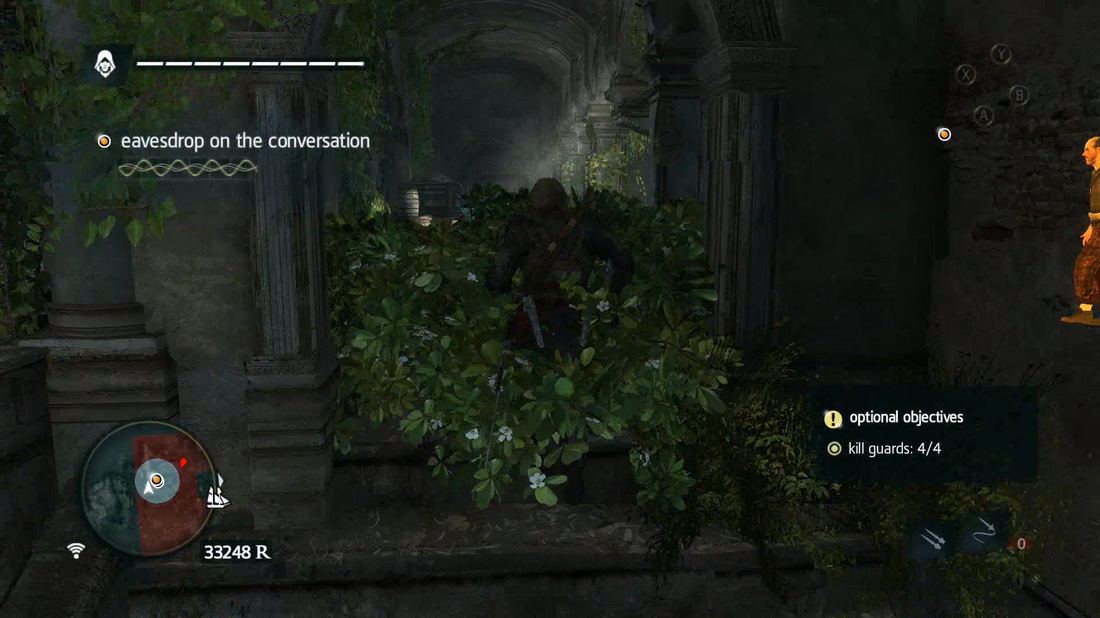
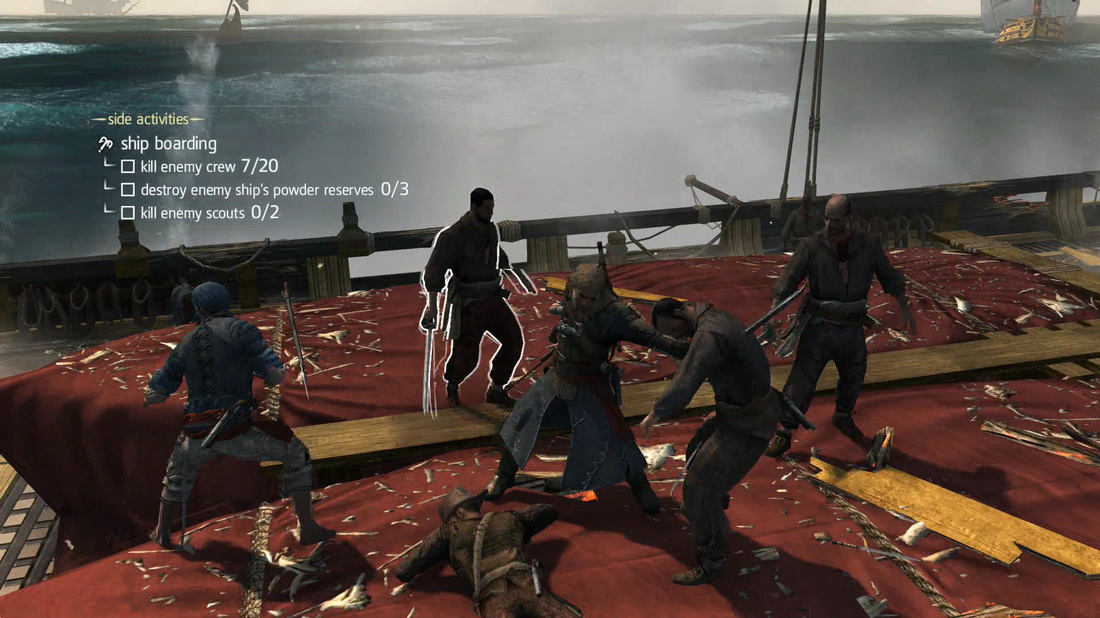



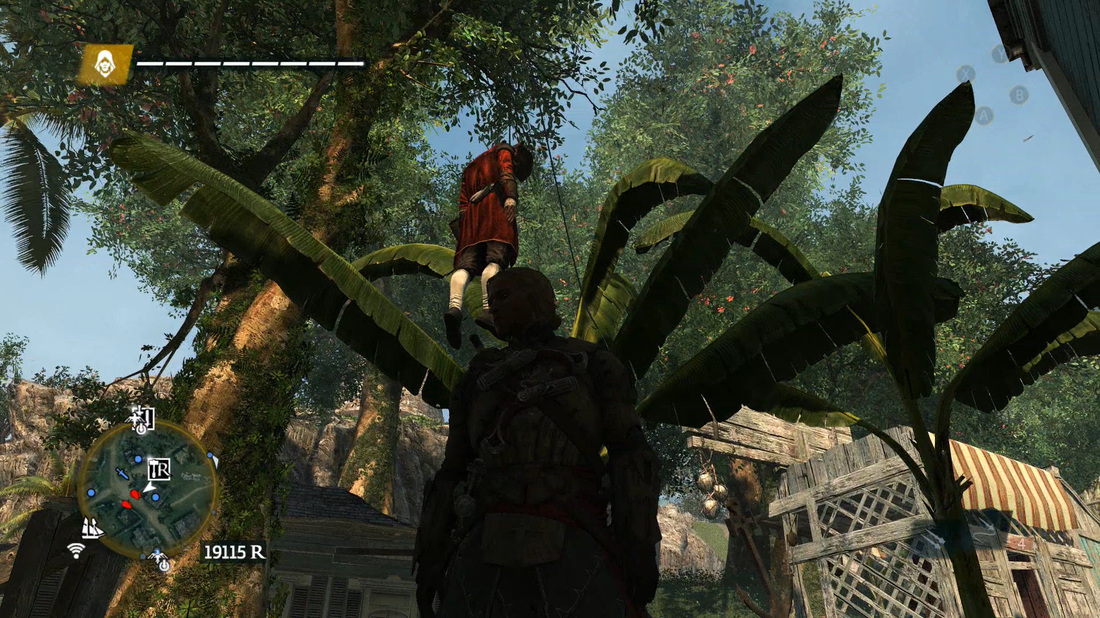

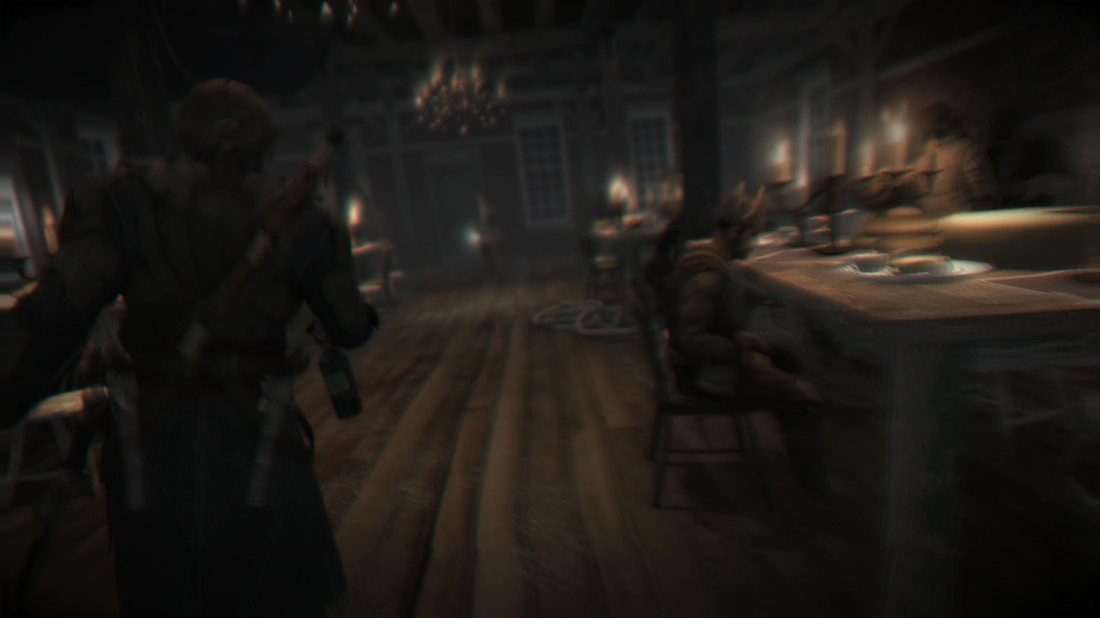

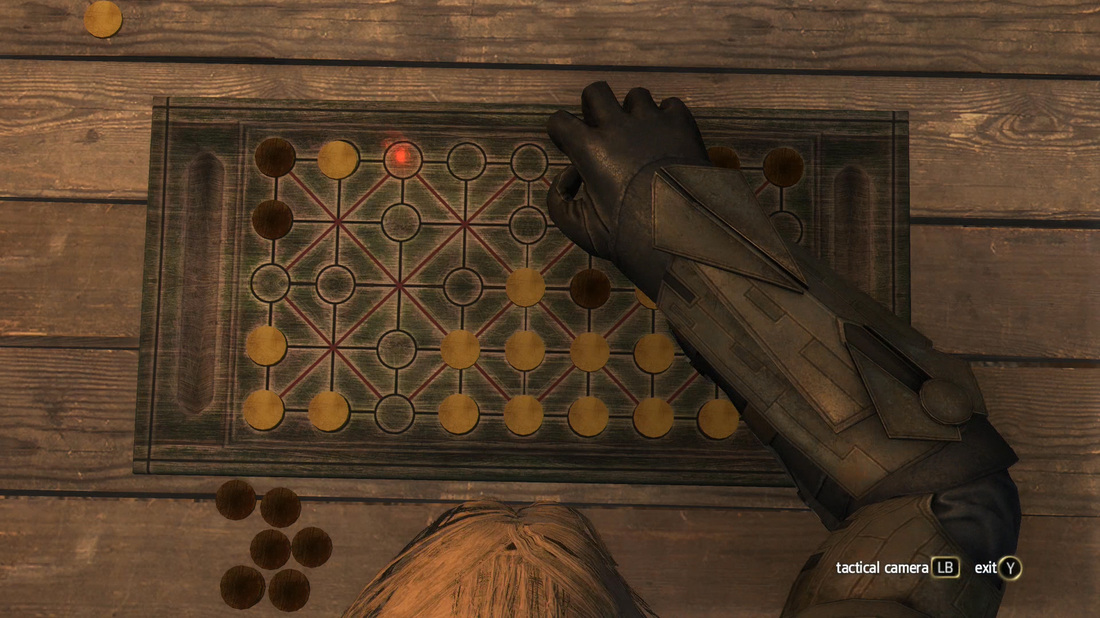








 RSS Feed
RSS Feed